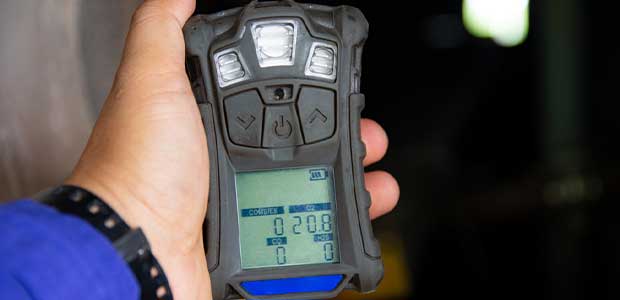
Does Real-Time Data Enhance Gas Detection Programs?
Three reasons why the answer is yes, and why this type of data does more than help with decision-making.
- By Anne Osbourn
- Mar 01, 2023
There’s been a lot of talk in the world of safety about the impact of real-time data with gas detection systems. Although most will agree that real-time data benefits safety programs by providing information that leads to better decision-making, some may wonder if real-time data is as beneficial as they’ve heard.
The short answer is yes, and here’s why.
By itself, a properly calibrated and bump-tested gas detector is a powerful personal protective device, for example, for the individuals on-site and to provide the organization with historical data for consideration.
But a connected work platform can take a gas detection program to the next level.
A connected work platform combines real-time data, connected PPE/gas detection wearables and advanced software solutions to help provide more visibility across these areas of concern:
- Workers
- Worksites
- Workflows
In fact, connectivity enables the kind of visibility that can further enhance a safety program and improve safety outcomes.
Even better? A strategic connected worker-worksite-workflow platform helps take your gas detection program a step further in terms of safety and productivity. Plus, it sets you up for a scalable and adaptable safety program for today—and tomorrow.
Consider these three reasons why real-time data via a connected platform can help enhance worker and worksite safety.
1. Real-time data enables real-time visibility for safety teams. By their very nature, remote workforces can often prove challenging for safety managers. With a connected platform that provides visibility across workers and worksites, safety managers can help ensure that remote and lone workers are not alone. This visibility can help to improve response time between incidents and information to ultimately help improve worker safety.
With connectivity-enabled real-time data, safety managers can have continuous situational awareness. That means seeing the state of workers and monitoring their safety behaviors in the field. It means you’ll get gas exposure alerts, man-down alarms, panic button presses and device concern warnings in real-time so you can act as swiftly as possible for the circumstances. Plus, it means simplifying compliance and improving productivity to help reduce risk and costly downtime.
This article originally appeared in the March 1, 2023 issue of Occupational Health & Safety.